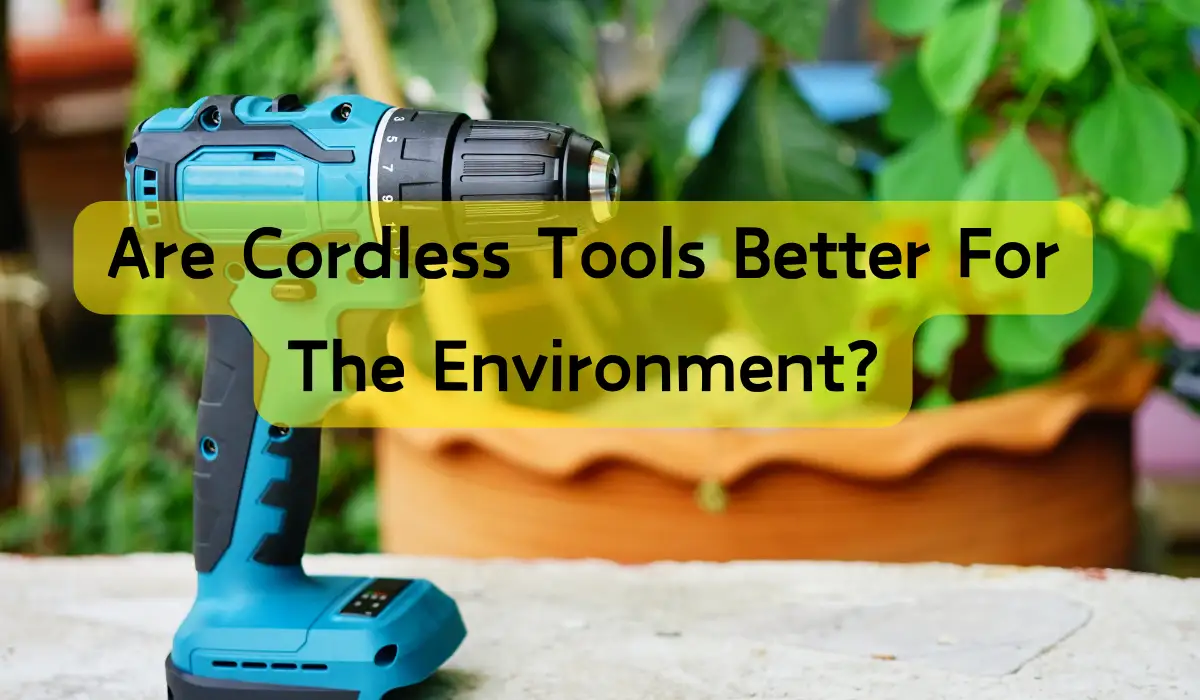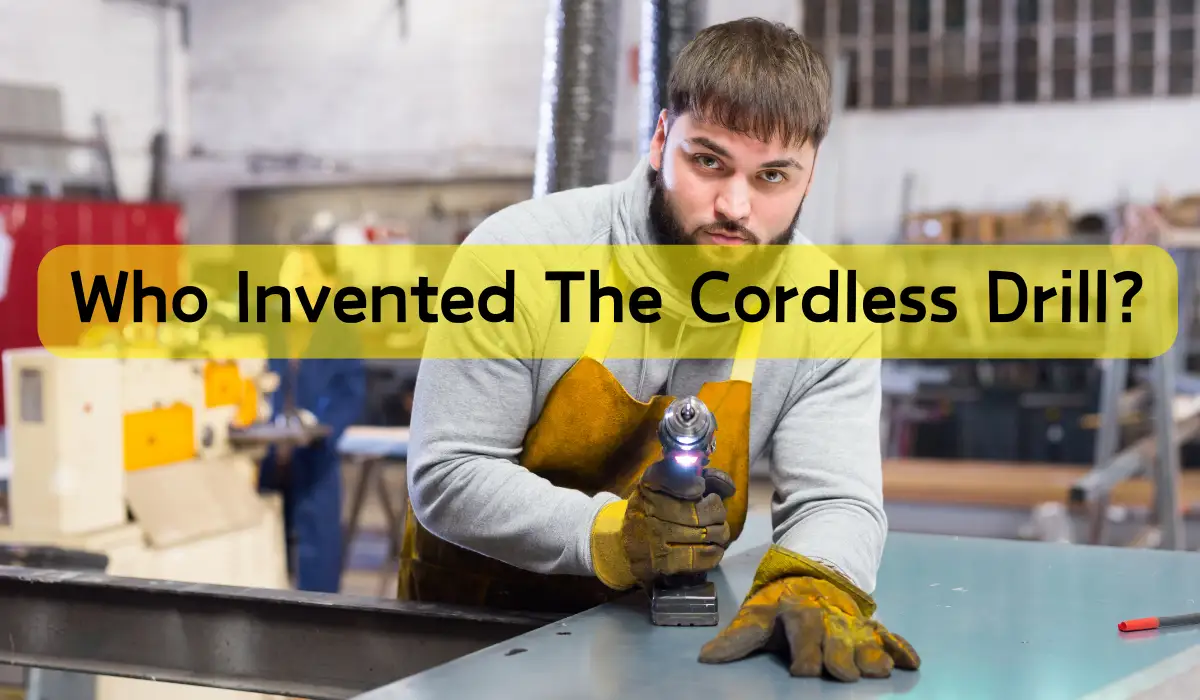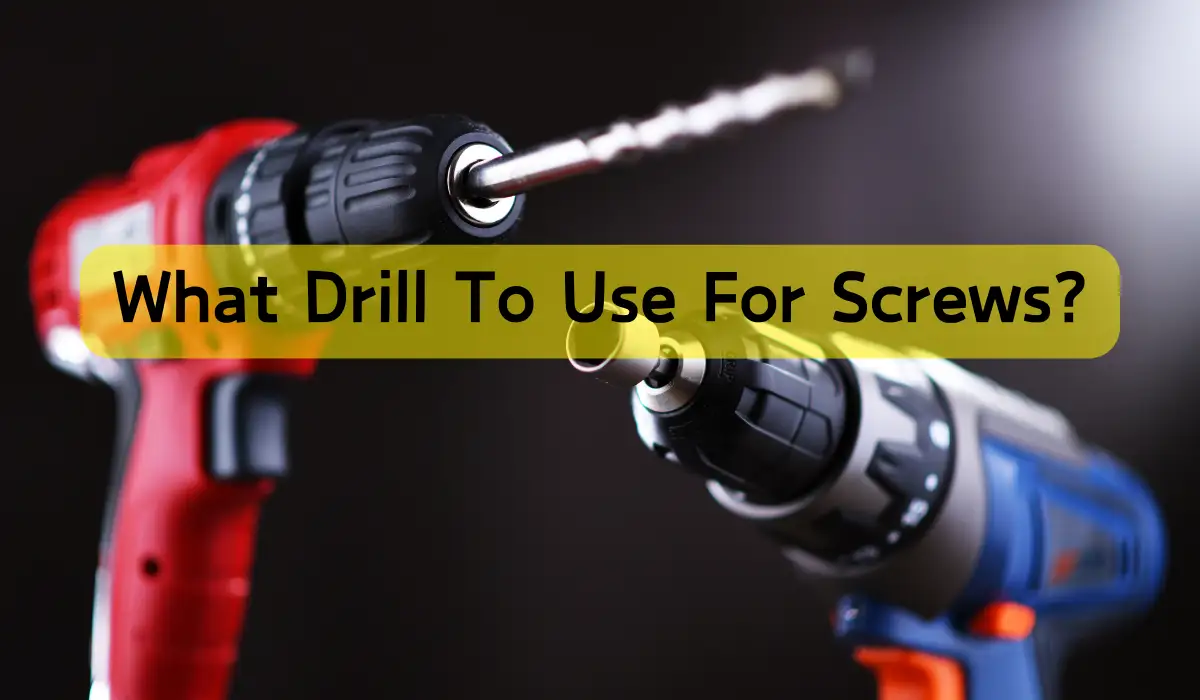You’re likely considering switching to cordless tools because you’re aware of the devastating environmental impact of traditional gas-powered and corded tools. The mining of raw materials for traditional tools can contaminate water sources, displace communities, and release toxic gases. In contrast, cordless tools produce zero emissions during operation and use up to 70% less energy than their gas-powered counterparts. Not only that, but they also produce less noise pollution and contribute to a quieter, more peaceful environment. As you explore the benefits of cordless tools, you’ll uncover even more reasons to make the switch and create a more sustainable future.
Jump to
Key Takeaways
• Cordless tools produce zero emissions during operation, unlike gas-powered tools, reducing greenhouse gas emissions and air pollution.
• They require up to 70% less energy than gas-powered tools, resulting in cost savings and reduced energy consumption.
• Cordless tools generate less noise pollution, contributing to a quieter and more peaceful environment.
• They result in less waste and conserve natural resources, as they require fewer materials and have a lower carbon footprint during production.
• Recycling cordless tools reduces electronic waste, conserves natural resources, and minimizes the extraction and processing of raw materials.
Environmental Impact of Lithium-Ion Batteries
As you switch to cordless tools, you might be wondering about the environmental cost of the lithium-ion batteries that power them. This is a valid concern, considering the growing demand for these batteries.
The mining of lithium, cobalt, and nickel, essential components of lithium-ion batteries, can have negative environmental impacts. For instance, lithium mining can contaminate water sources and disrupt ecosystems. Additionally, the extraction of cobalt has been linked to child labor and deforestation.
However, you need to look at the bigger picture. While the production of lithium-ion batteries does have an environmental cost, this impact is limited to the manufacturing stage.
Once manufactured, these batteries can be recycled, reducing waste and the demand for raw materials. In addition, many manufacturers are now designing batteries with recyclability in mind.
Furthermore, the energy efficiency of cordless tools can lead to a significant reduction in energy consumption, offsetting the initial environmental cost of the batteries. As you weigh the pros and cons, remember that the environmental impact of lithium-ion batteries is just one aspect of the sustainability equation.
Cordless Tools Reduce Emissions
You’ll substantially reduce your carbon footprint by switching to cordless tools, which produce zero emissions during operation, unlike their gas-powered counterparts that spew pollutants into the air. This is a substantial advantage, especially for professionals and heavy users who rely on power tools for their livelihood.
| Tool Type | Emissions (kg CO2e/year) | Noise Level (dB) |
|---|---|---|
| Gas-powered Leaf Blower | 122.5 | 110 |
| Cordless Leaf Blower | 0 | 90 |
| Gas-powered Chainsaw | 245.8 | 120 |
| Cordless Chainsaw | 0 | 100 |
As the table illustrates, cordless tools emit dramatically less pollutants and produce less noise pollution. By choosing cordless tools, you’ll not only reduce your carbon footprint but also contribute to a quieter, more peaceful environment. This is especially important for urban areas, where noise pollution can be a notable concern. With cordless tools, you can work efficiently while minimizing your impact on the environment.
Energy Efficiency Comparison Study
When comparing the energy efficiency of cordless tools to their gas-powered counterparts, a study reveals that cordless tools require remarkably less energy to operate, resulting in substantial cost savings and a reduced carbon footprint.
You might be surprised to learn that cordless tools use up to 70% less energy than their gas-powered counterparts. This significant difference is largely due to the efficiency of electric motors, which convert most of the electrical energy into mechanical energy.
In contrast, gas-powered tools waste a considerable amount of energy as heat, noise, and vibrations.
The energy efficiency of cordless tools also translates to cost savings for you. With lower energy consumption, you’ll notice a decrease in your energy bills.
Additionally, cordless tools require less maintenance, which further reduces their overall cost of ownership.
Resource Consumption of Corded Tools
Corded tools, while still a more environmentally friendly option than their gas-powered counterparts, consume substantially more resources than their cordless counterparts.
You might think that since they’re electric, they’re automatically a more eco-friendly choice. However, their resource consumption tells a different story.
For starters, corded tools require more materials to manufacture, including copper for the cord and additional components for the plug and wiring. This increases the demand for natural resources like copper, which can lead to environmental degradation from mining.
Additionally, corded tools often have more complex internal mechanisms, which means more energy is needed to power them. This can lead to higher energy consumption, especially if you’re using them for extended periods.
When you factor in the energy required to produce and transport these tools, it’s clear that corded tools have a larger carbon footprint than their cordless counterparts.
As you weigh your options, bear in mind the environmental impact of your tool choices. By understanding the resource consumption of corded tools, you can make a more informed decision about which tools are truly better for the environment.
Disposal Challenges of Cordless Tools
As cordless tools reach the end of their lifespan, they pose a significant disposal challenge, with their lithium-ion batteries and electronic components requiring specialized recycling facilities to prevent harmful chemicals from contaminating landfills and waterways.
You might think you’re doing the environment a favor by switching to cordless tools, but the reality is that their disposal can be a major environmental concern.
When you’re done with your cordless tool, you can’t just throw it away.
Improper disposal can lead to:
- Toxic chemicals leaking into soil and water
- Electronic waste piling up in landfills
- Valuable resources, like lithium and copper, going to waste
- Harmful emissions released during the disposal process
- Illegal dumping in developing countries, exploiting vulnerable communities
It’s time to take responsibility for the entire lifecycle of cordless tools, from production to disposal.
The Role of Recycling in Sustainability
By recycling your cordless tools, you’re taking a crucial step towards reducing electronic waste and conserving natural resources, which is essential for a more sustainable future.
When you recycle your old tools, you’re keeping hazardous materials like lead, mercury, and cadmium out of landfills and incinerators, where they can contaminate soil and water.
Recycling also helps to conserve natural resources by reusing materials like copper, nickel, and lithium.
This reduces the need for extracting and processing raw materials, which can harm the environment.
You can recycle your cordless tools through manufacturer take-back programs, community recycling centers, or specialized electronics recycling facilities.
Make sure to erase any personal data from your tools and remove batteries before recycling.
By recycling your cordless tools, you’re not only reducing waste but also helping to create a closed-loop system where materials are continually cycled back into production.
Corded Tools’ Carbon Footprint Analysis
Plug in your corded tools and calculate their carbon footprint, which is likely higher than you think, considering the energy consumed during production, transportation, and usage. As you reflect on your reliance on these tools, you may be surprised by the environmental impact they have.
Corded tools contribute to climate change in several ways:
Energy consumption: Corded tools guzzle energy, which is often generated by fossil fuels, leading to greenhouse gas emissions and climate change.
Resource extraction: The production of corded tools requires the extraction of metals and other resources, contributing to deforestation, habitat destruction, and pollution.
E-waste generation: At the end of their life cycle, corded tools often end up in landfills, contributing to the growing problem of electronic waste.
Transportation emissions: The transportation of corded tools from manufacturing facilities to retailers and finally to your workshop generates additional emissions.
Raw material exploitation: The demand for corded tools drives the exploitation of raw materials, perpetuating unsustainable mining practices.
It’s time to rethink your reliance on corded tools and consider the environmental benefits of switching to cordless alternatives.
Production Process of Cordless Tools
Cordless tool manufacturers have implemented sustainable practices in their production process, reducing the environmental impact of tool creation. They’re using eco-friendly materials, minimizing waste, and optimizing energy consumption.
For instance, some manufacturers are using recycled materials for tool casings, reducing plastic waste and the demand for virgin materials. Others are implementing energy-efficient production lines, decreasing their carbon footprint and reliance on non-renewable energy sources.
Manufacturers are adopting more efficient production methods, reducing water and energy consumption. They’re implementing lean manufacturing techniques, minimizing waste and excess materials. Additionally, some companies are partnering with suppliers who share their commitment to sustainability, ensuring a more environmentally friendly supply chain.
These efforts have substantially reduced the environmental impact of cordless tool production. As a result, you can feel better about choosing cordless tools, knowing that their production process is more sustainable than ever before.
The Impact of Mining on Ecosystems
The extraction of raw materials needed for cordless tool production, such as lithium, cobalt, and nickel, has devastating consequences for ecosystems. You mightn’t be aware of the environmental damage caused by the mining process, but bear in mind the impact of your tool choices.
Mining for these materials can destroy habitats. Mining operations often lead to deforestation, destroying the natural habitats of countless species.
Mining for these materials can pollute water sources. Toxic chemicals used in mining can contaminate rivers, lakes, and groundwater, harming aquatic life and human communities.
Mining for these materials can displace communities. Mining activities can force people to leave their homes, causing social and cultural disruption.
Mining for these materials can release toxic gases. The extraction process can release harmful gases, contributing to climate change and air pollution.
Mining for these materials can kill wildlife. Mining operations can lead to the death of animals, either directly or indirectly, through habitat destruction and pollution.
Reflect on the environmental cost of cordless tool production and the role you play in it.
A Greener Future for Tool Industry
By adopting sustainable practices and eco-friendly technologies, you can help drive the tool industry towards a greener future. As consumers, you have the power to influence the industry’s trajectory. By choosing eco-friendly tools and supporting manufacturers that prioritize sustainability, you’re promoting a culture of environmental responsibility.
Here are some key areas where the industry is making progress:
| Area | Current State | Future Goals |
|---|---|---|
| Energy Efficiency | 20% of tools use rechargeable batteries | 80% of tools use rechargeable batteries by 2025 |
| Material Sourcing | 30% of materials sourced sustainably | 70% of materials sourced sustainably by 2027 |
| Waste Reduction | 40% of waste recycled | 90% of waste recycled by 2029 |
As you can see, the industry is making strides in energy efficiency, material sourcing, and waste reduction. By continuing to support eco-friendly practices, you can help accelerate this progress and create a greener future for the tool industry.
Frequently Asked Questions
Can I Use Cordless Tools for Heavy-Duty Construction Projects?
You can definitely use cordless tools for heavy-duty construction projects, but you’ll need to choose the right ones with high-voltage batteries and advanced motors to handle demanding tasks, and consider investing in extra batteries for extended use.
How Often Should I Charge My Cordless Tool Batteries?
You should charge your cordless tool batteries when they’re between 20% to 50% drained, avoiding letting them fully discharge, and store them in a cool, dry place to prolong their lifespan and performance.
Are Cordless Tools More Expensive Than Their Corded Counterparts?
You’ll likely pay a premium for cordless tools, which can be 10-30% more expensive than their corded counterparts, but their convenience and versatility might make the extra cost worthwhile for you.
Can I Replace the Batteries in My Cordless Tools Myself?
You can replace the batteries in your cordless tools yourself, but it’s essential to follow the manufacturer’s guidelines and safety precautions to avoid damaging the tool or injuring yourself.
Do Cordless Tools Have Less Power and Torque Than Corded Tools?
You’ll find that cordless tools often match corded tools in power and torque, with some even surpassing them, thanks to advances in battery technology and motor design, making them a viable option for demanding tasks.




